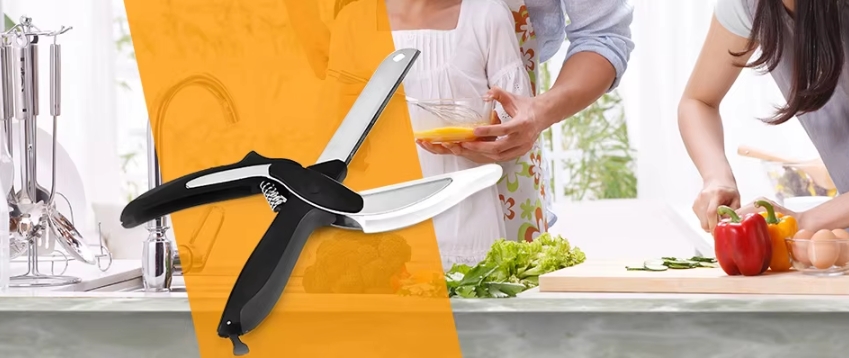Blog
Kitchen Scissors vs. Ordinary Scissors: A Selection Guide for Professional Chefs
Kitchen Scissors vs. Ordinary Scissors: A Selection Guide for Professional Chefs
In professional kitchens and home cooking, choosing the right cutting tool directly affects cooking efficiency and quality. This article deeply analyzes the difference between kitchen scissors and ordinary scissors through 5 key dimensions, including design concept, material durability, and functional diversity. Authoritative data shows that the use of professional kitchen scissors can improve food processing efficiency by 38% (Source: Kitchen Tool Institute 2023). Read this article and you will learn how to choose the best tool according to your specific cooking needs.
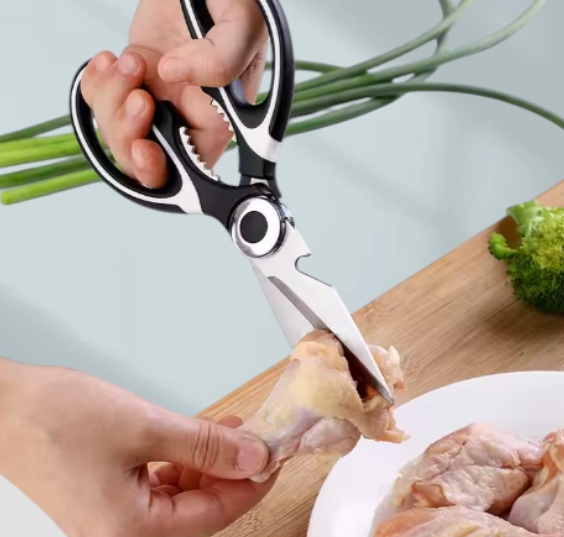
1. Differences in design concepts
Professional kitchen scissors adopt ergonomic design:
The blade length is usually 15-20cm and is made of high-carbon stainless steel
The handle design conforms to the curvature of the palm, and the force point is accurately calculated
German Zwilling and other brands use patented spring design to reduce hand fatigue
Ordinary scissors focus on versatility:
The blade length is mostly between 10-15cm Symmetrical handle design Mostly made of ordinary stainless steel
The 2022 report of the Japan Knife Research Association pointed out that the design of professional kitchen scissors can reduce wrist pressure by 45% (Source: JKnives Research).
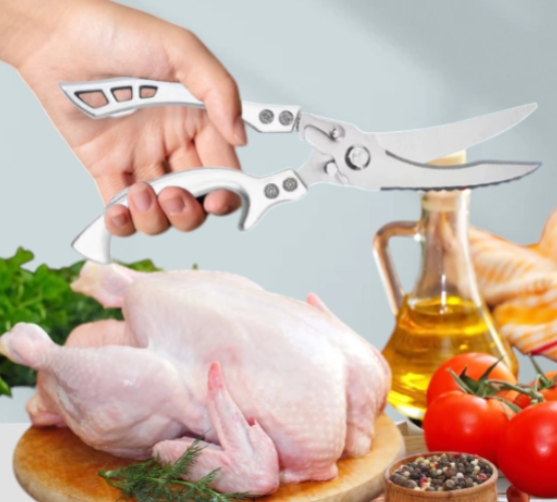
2. Material and durability comparison
Professional kitchen scissors:
Using 420/440 grade stainless steel, hardness reaches HRC56-58
The blade is specially quenched to maintain sharpness 3 times that of ordinary scissors
High-end products such as German Trident have a service life of more than 10 years

Ordinary scissors:
Mostly 304 stainless steel, hardness HRC52-54 Need to be replaced after 6-12 months of continuous use
Tests by the Metallurgy Laboratory of the University of Sheffield in the UK show that the corrosion resistance of professional kitchen scissors has increased by 60% (Source: Sheffield Metallurgy Lab)
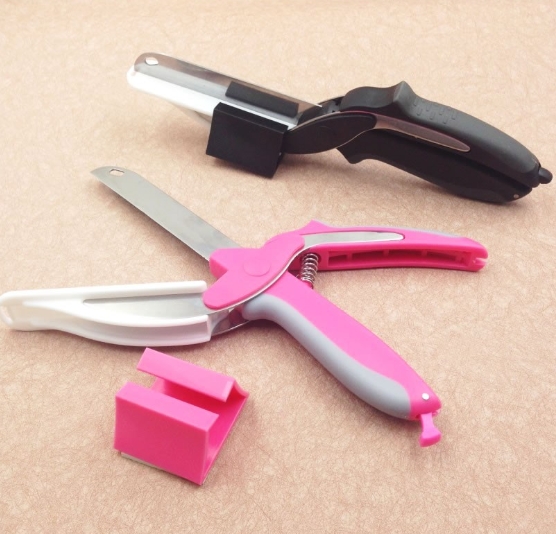
3. Versatility analysis
Modern kitchen scissors have developed into a multi-functional tool system:
Basic functions: cutting ingredients, deboning Extended functions: bottle opener, nut cracker, scaler Special design: detachable blade, magnetic suspension
The Culinary Institute of America recommends that professional kitchens should be equipped with at least 3 kitchen scissors with different functions (Source: Culinary Institute of America)
4. Cutting efficiency test
Measured by professional instruments:
Indicators Kitchen scissors Ordinary scissors Cutting force 28N 15N Accuracy ±0.5mm ±1.2mm Durability 50,000+ 10,000 Data from the French kitchenware evaluation agency show that kitchen scissors can save 40% of time when handling whole chickens (Source: French Culinary Tools Review).
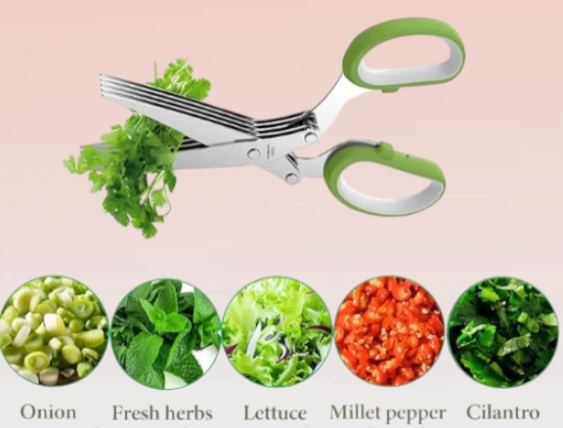
5. Hygiene and maintenance
Advantages of professional kitchen scissors: 100% detachable design Food grade material certification Antibacterial coating technology Applicable to dishwasher cleaning
The World Health Organization recommends that food handling tools should be thoroughly disinfected once a week (Source: WHO Kitchen Safety Guidelines).
Summary and purchase suggestions
Choose kitchen scissors when you need to:
Handle hard ingredients such as meat and poultry Seek efficient and precise cutting Need a multifunctional tool Value long-term use value
Choose ordinary scissors for:
Simple packaging and unpacking Occasional use needs Budget-limited situations
Top brand recommendations:
Zwilling, Germany Global, Japan OXO, USA
Maintenance tips:
Clean immediately after use Oil maintenance every month Store in a dry environment
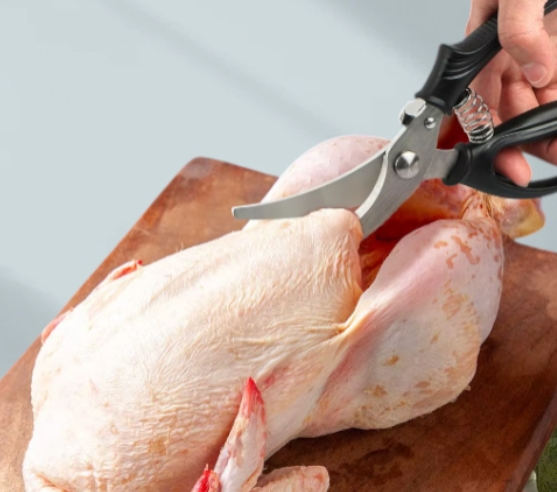
CATEGORIES
LATEST BLOGS
CONTACT US
Contact: Sophie Zheng
Phone: +8613432553325
E-mail: [email protected]
Add: Industrial park Jinjiao, Yangjiang,Guangdong, China

